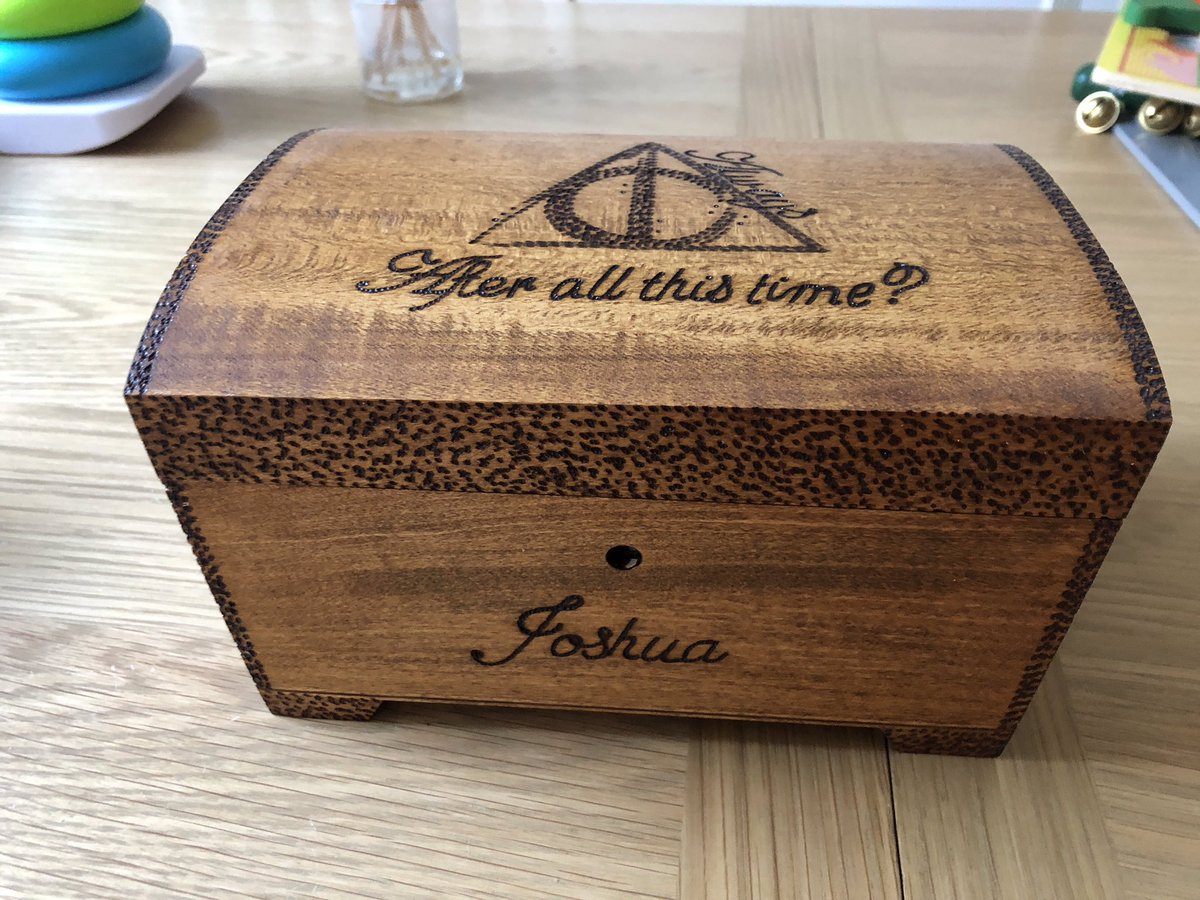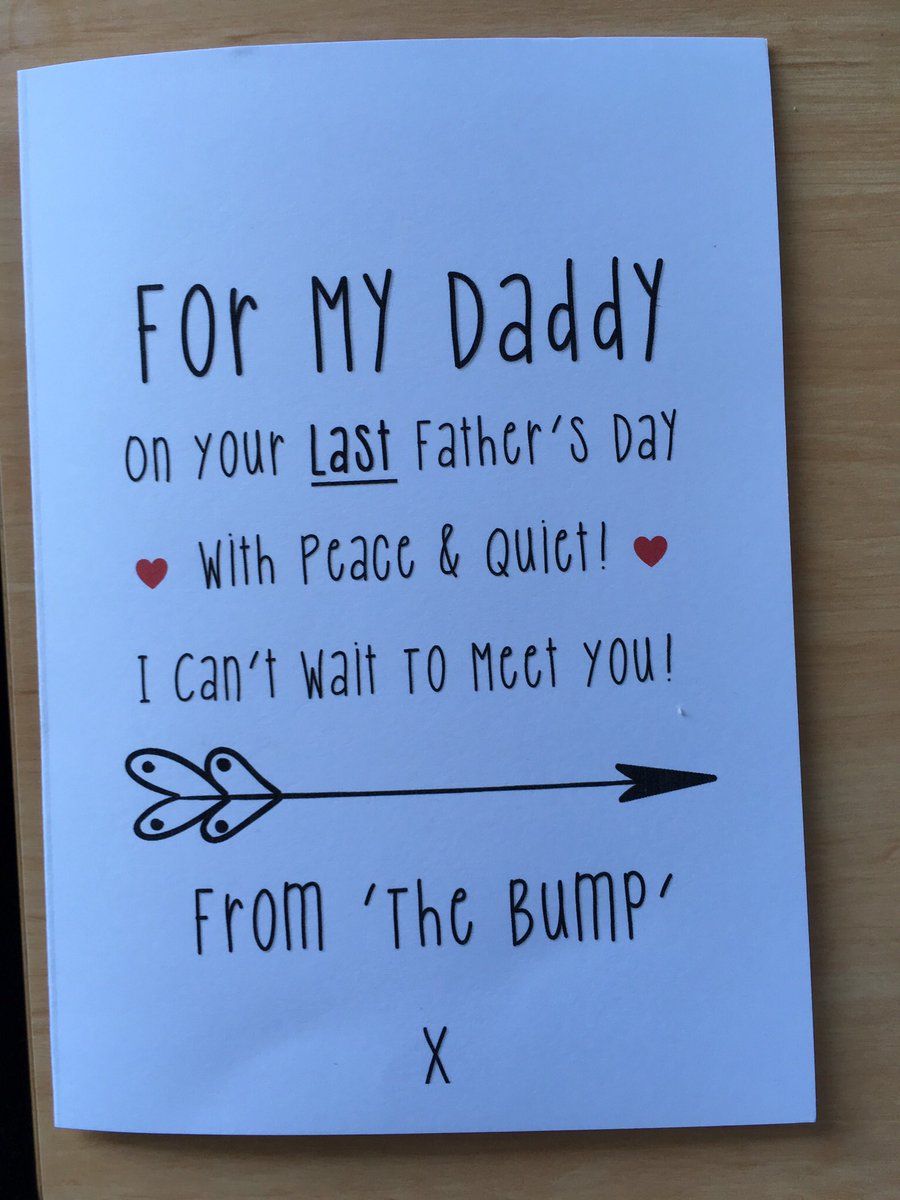The Book opens with a base case: the judgeship of Othniel. The Israelites are oppressed; they cry out to YHWH; and Othniel arises and saves them. Great.
The text does not devote a great deal of space to them, nor does it attribute any major flaws to them: it simply charts out their sudden rise and the results of their salvific (ישע) work.
The more we learn about Israel’s judges, the more flaws we see in them, as is often the case in matters of anthropology.
The more we find out about Jesus, the more we find to admire in him.
A number of different objects are entangled and/or tied up in the Samson story.
In the final analysis, then, it is Samson who ties himself up in knots.
Chs. 14 is set in the valley of Sorek (where Delilah lived), in the town of Timnah, which is known to have been a major producer of textiles in the Late Bronze Age (Kelm & Mazar 1995).
It begins with a woman who is in the presence of YHWH and yet is not at all aware of it, and it ends with a man who assumes YHWH is with him yet is not aware of the Spirit of YHWH’s departure.
Quite apart from a reference to a donkey’s jawbone, we have references to:
on which note I should probably conclude.
Perhaps, though, for the sake of balance, a brief word on Samson’s merits is in order.
When the rest of the Israelites had given up hope and abandoned themselves to a foreign power (15.11), Samson fought.
May we, by God’s grace, have Samson’s fight without Samson’s failures.
Next time, some thoughts on the specifics of ch. 13.









